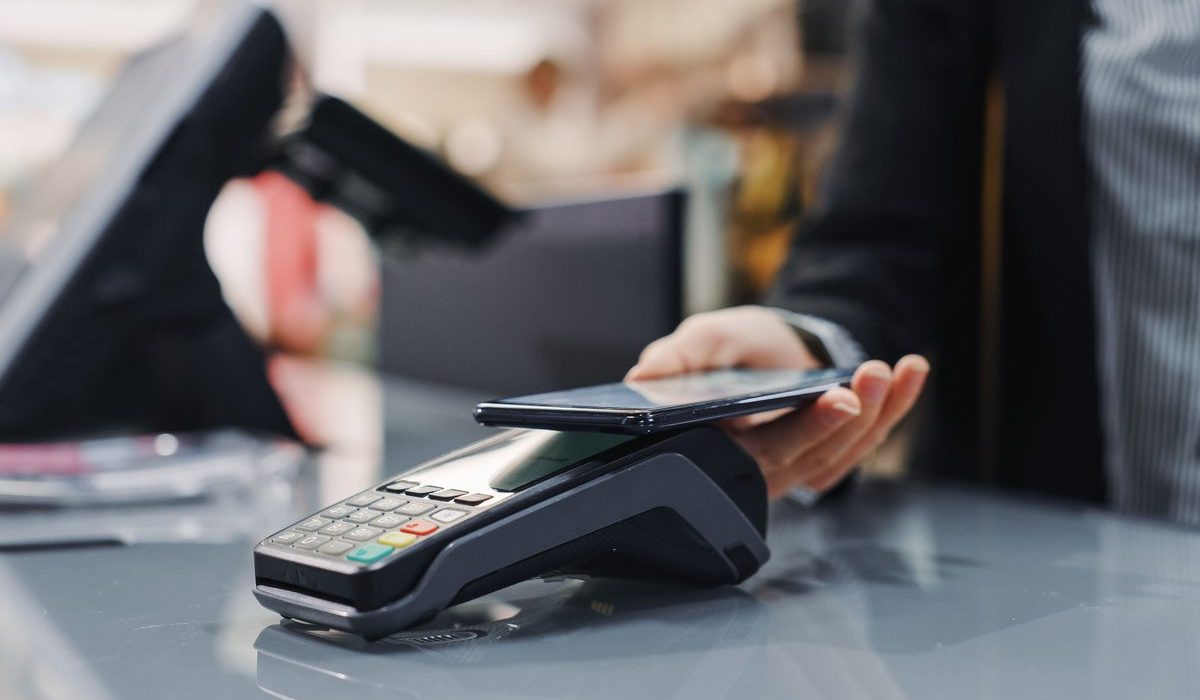Phone, keys, wallet. That’s the daily routine that tens of millions if not billions — of people undergo each morning when checking their pockets or purses before they leave their homes to start the day.
And with the recent news that telecommunications giant Vodafone is planning to integrate cryptocurrency wallets and blockchain-based payment solutions directly into mobile phone SIM cards, innovative Web3 solutions that can streamline the ease of use for crypto payments are top of mind for both merchants and consumers.
That’s because integrating crypto wallets with smartphone SIM cards could offer a more secure and convenient way to manage cryptocurrency assets, as well as help with one of the digital asset sector’s most pressing and urgent frictions: the ongoing absence of its truly scalable utility within the context of everyday payments for goods and service.
In a Friday (May 3) interview with Yahoo! Finance, David Palmer, the PairPoint by Vodafone CPO, detailed how PairPoint can facilitate transactions between public blockchains, such as the ethereum network, and private blockchains such as Onyx by JPMorgan, explaining there will be 5.6 billion blockchain-based digital wallets by 2030, and that they will be an increasingly important gateway to financial services.
The integration of crypto wallets into SIM cards is seen by industry observers as a significant step toward democratizing access to cryptocurrencies, potentially transforming how people interact with crypto assets on a daily basis, and the work Vodafone is doing to advance the use of crypto payments on mobile devices emphasizes the significance of mobile phones as a key access point for digital apps and commerce.
Read more: From Crypto to Coffee, Digital Wallets Signal Shifting Financial Landscape
Could Mobile Web3 Wallets Represent the Future of Payments?
With digital currencies continuing to seek mainstream acceptance, the integration of crypto wallets into mobile devices could significantly influence the adoption and use of cryptocurrencies worldwide.
SIM cards in particular support a technology called SIM Toolkit (STK), which allows operators to provide services directly to the SIM card. Crypto wallet functionalities could be accessed through the STK interface, allowing users to perform transactions and manage their crypto assets directly from their SIM card interface.
Additionally, SIM cards already serve as a form of authentication for mobile services. By integrating crypto wallets with SIM cards, users could leverage SIM-based authentication to access their crypto funds securely. This could involve things like using SIM-based biometric authentication (e.g., fingerprint or iris scan) to authorize transactions.
As PYMNTS CEO Karen Webster wrote earlier in this year (March 18), digital wallets are how consumers seem to want to manage the everyday transactional parts of their lives — how they pay, who they pay, how much they spend and how much they have left to spend. It’s one of the reasons so many consumers gravitate to the everyday app concept.
According to PYMNTS Intelligence, three-quarters of consumers say they want the convenience and simplicity of such a tool. And research from PYMNTS Intelligence underscores Generation Z’s love for digital wallets in particular, with nearly 80% of this cohort embracing these platforms. This surpasses adoption rates among millennials and bridge millennials, at 67% and 63%, respectively.
However, it’s important to consider potential drawbacks and challenges such as security risks associated with SIM card cloning or theft, regulatory concerns regarding the storage and transmission of crypto assets via mobile networks, and the need for collaboration between telecom operators, crypto wallet providers and regulatory authorities to ensure compliance and user protection.
Read more: Stripe Is Bringing Back Crypto Payments, Citing ‘Real Utility’
What’s In Your Wallet Defines How You Pay
Vodafone’s PairPoint isn’t the only company looking to advance an embrace of crypto’s utility across daily payments.
Stripe last month (April 25) announced that it was re-entering the cryptocurrency payment space after a six-year hiatus; while Coinbase CEO Brian Armstrong repeatedly put a spotlight on his platform’s payment-centric goals during Coinbase’s latest earnings call on Thursday (May 2).
“It still boggles my mind that every time you swipe your credit card, the merchant is losing 2%,” he said during the call. “It’s really just moving bits of data, kind of like sending a WhatsApp message, which is free. And so … why does that still exist as a 2% tax on every transaction in the economy?”
“Base has helped dramatically reduce transaction fees and confirmation times, getting us closer to our goal of having the average crypto transaction take less than one second and cost less than $0.01 anywhere in the world,” Armstrong added.
PYMNTS also looked at the advantages of crypto payments earlier in a conversation with Brad Chase, head of liquidity products at enterprise crypto solutions company Ripple, who pointed to studies that show up to a 70% cost reduction by going from traditional rails to crypto.
“Crypto is a digitally native global asset,” Chase told PYMNTS. “And if you think about this new digitally native, tech-savvy customer segment that is emerging, they hold crypto, and they want to use it for payments.”
For all PYMNTS digital transformation coverage, subscribe to the daily Digital Transformation Newsletter.








